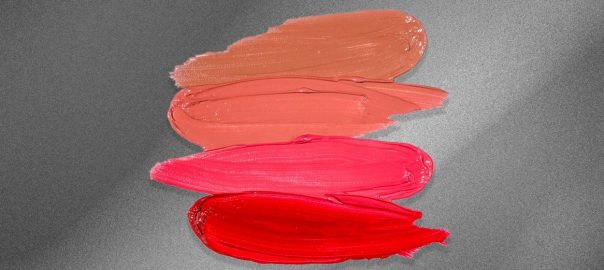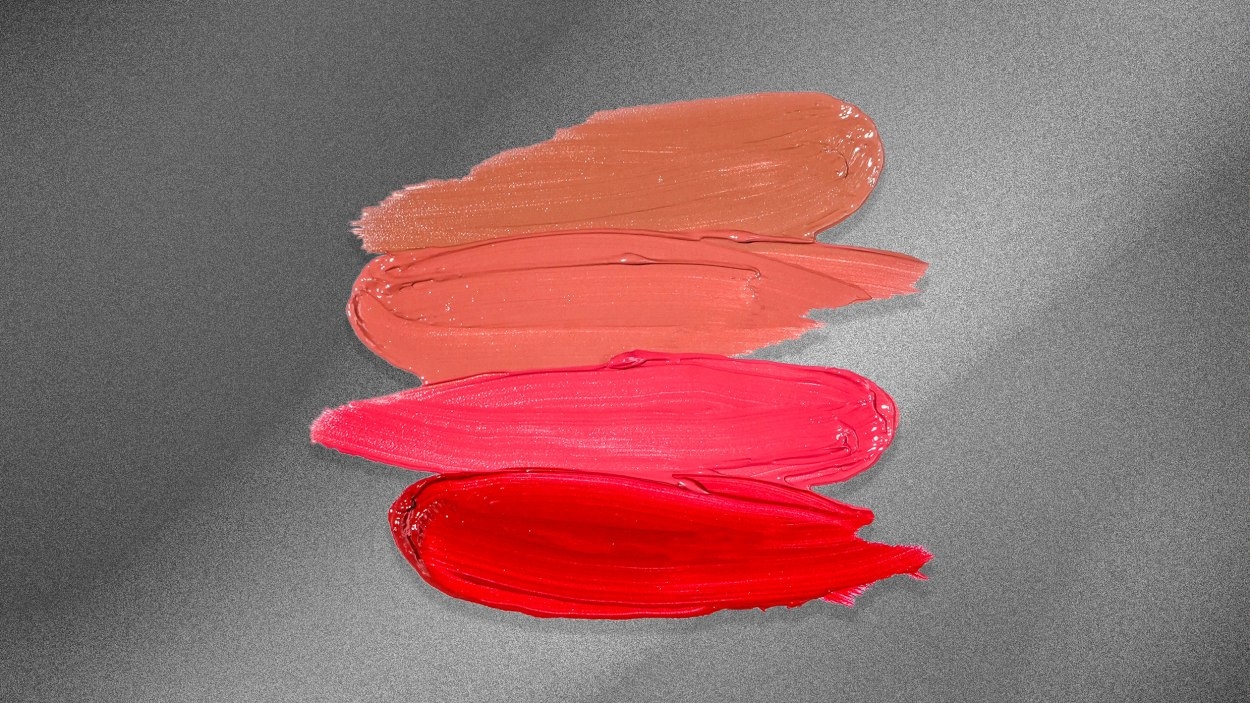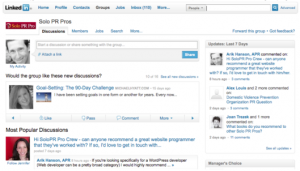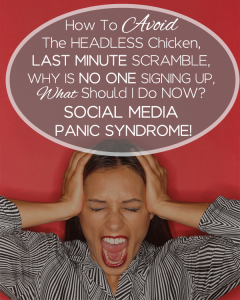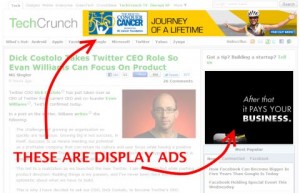On July 19, the five-year-old Israeli company Oddity, which aims to use AI technology to create personalized beauty products, went public on Nasdaq. The company, which owns viral makeup brand Il Makiage and hair and skincare brand SpoiledChild, previously raised $130 million from investors, including L Catterton, the private equity firm that’s specialized in backing consumer brands.
The company is targeting a valuation of nearly $2 billion. Oddity has been expected to raise $425 million for stockholders selling their shares through the IPO, with shares priced at $35. Cofounder and CEO Oran Holtzman has said that he plans to use the funds raised from the IPO to develop and launch more direct-to-consumer personal care brands.
To further its mission, Oddity acquired biotech startup Revela for $76 million in April with the aim of creating new molecules that can be used in formulations—with the help of AI. That comes after Holtzman’s 2021 acquisition of Voyage81, an AI-based computational imaging startup founded in 2019.
Fast Company caught up with Holtzman in the pre-market trading hours before the offering. In our conversation, he explains why the company went public now and how he plans on building a digital-first catalog of brands to compete with such conglomerates as L’Oréal and Estée Lauder.
Fast Company: In 2023, IPOs slowed. With a couple of exceptions, like the restaurant chain Cava, not many companies have gone public. Why did you decide to go public now?
Oran Holtzman: We were ready last year to go public, and then the market started to be less compelling, so we decided to wait. The good thing that happened to us because we waited is that we launched the second brand on the platform, which is SpoiledChild. That launch showed how we could use our 40 million users and 1 billion data points to connect a new brand no one knew to our platform and then scale it from zero to $100 million in less than two years. When we saw the success of the second brand, we felt really confident about our position. In terms of financials, the company is growing, and at the same time, producing cash. We felt that the market is ready for that type of profile.
FC: There has been a lot of enthusiasm around the company going public. You originally spoke about an IPO price range of $27 to $30 per share, then raised it to $32 to $34, and finally priced the shares at $35. Where do you think that sentiment comes from?
OH: We were disciplined before it was cool. We have been profitable since 2020. It only took us 18 months to become profitable. We raised capital only once, which took us to around $500 million of revenue and, and almost a hundred million of EBITDA. I think that’s what investors saw. They saw a company with wild vision, with so many goals, so many growth engines to unlock. But at the same time, a company that is still thinking about profitability and generating a lot of cash.
FC: Oddity is an Israeli company. Why did you decide to list on Nasdaq?
OH: The U.S. is the largest capital market in the world. More than 75% of our revenue is in the U.S., and the vast majority of my team is based there. It was a natural move for us.
FC: You have said you want to use funds generated by the IPO to launch new brands. Is there any space that excites you or any new brands you can preview?
OH: Launching a new brand in-house is efficient for us. It cost us around $20 million to launch SpoiledChild. Now, I would pay a lot more to get my hands on a company with that profile. That doesn’t mean we’re against making more acquisitions. We take a deep look constantly at new brands that are out there. We want to see metrics that we care about to analyze and to see if the brand can truly scale. We’ve made two acquisitions. One of them, Voyage81, was around computer vision technology. We needed that to improve our data science and machine learning capabilities. We made the acquisition because we want to have another level of information coming from photos of users.
Revela was the second acquisition we made. The beauty industry is using the same ingredients and raw materials in every product. That’s been the case with all major players for decades. It didn’t make sense for us to see zero progress in that area. That’s why through this acquisition we launched Oddity Labs, to focus on pharma and biotech to add technology to our physical products.
FC: How have you leveraged machine learning in a novel way?
OH: People said selling online cannot work for beauty products because it’s an emotional purchase and because the consumer doesn’t know what she needs or what to use. The online penetration rate for beauty brands was less than 15% in 2017 when we started. We started to understand what works in brick and mortar and why the conversion in-store is so high. When you go to a Sephora or Macy’s or any other retailer, you have a million products, a million shelves, so many use cases. [Products cater to] so many skin tone options, skin concerns, skin types. [In those stores] someone is welcoming you, asking you questions, learning about your needs, matching you with the products, then taking those products and explaining to you how to use them. When you go to competitors’ websites online, you will see catalogs of hundreds of products without any ability to understand how to use them. Therefore, the conversion rate online for our incumbents is historically very low. You also need high-repeat purchase rates, otherwise you can never make money. When you think about it, if you need to choose something from a catalog of 500 products, you most likely won’t like the product when you get it. And then the repeat rate will be low.
For us, everything from generating product recommendations for new users to product accommodation for existing customers to converting them to repeat customers all the way up to payment is done internally. Every [step in the customer journey] is leveraging information that we have. This is all we do. That’s our business.
FC: What are some of the data points you collect to design this customer experience?
OH: We have more than 50 data points on our user. We know her skin type, her skin concerns, her tone and undertone, and what she’s using today. We know what she’s willing to change, what is missing in her current products, and after we sell something to her, why she was happy or unhappy with our products. We enrich this data and create profiles and segments within our user base that help us launch something better that we know our existing user base is looking for.
FC: Like other digitally native brands, you rely heavily on social media ads to sell products. Are you worried about algorithms changing?
OH: In the past few years, so many things have happened in that area. Obviously, there was a change before and after COVID. But with those changes, we have continued to grow consistently. We continue to have the same margins. That’s because we work differently than other digitally native brands: We acquire users rather than customers. A user is someone we are gathering information about to that we can match their needs. Other companies are launching a product and then trying to find the audience via social media. Instead, we have a user base that we know a lot about, and we build products for them, so we aren’t as affected by those changes.
FC: You have decided against going into brick-and-mortar stores at a time when companies like Glossier are getting into Sephora. Why is that?
OH: In my view, there are three reasons for a digital company to go to stores. Number one, if they can’t grow anymore online. That is not the case for us. We grew around, um, 80% in Q1 this year. Growing is not a problem. The second reason is that many DTC brands don’t make money online. They lose money on their site, and they want to offset it with stores because selling in brick-and-mortar stores is more profitable for them. This is also not our case. We are highly profitable since 2020 by selling online only. And the third reason is if you sell something that is more heavy and that might require last-mile delivery services. We also don’t do that. So for now, we don’t see any reason to go to retail. I’m not ruling it out completely, but selling DTC is our main advantage. We need to get users online to add data points on them.
FC: The category you operate in is often driven by trends. How do you keep up with the changing desires of the consumer?
OH: From the get-go, we decided not to chase trends. We look at the data and see what category consumers want to try something new in and then develop products for them. At the same time, that loyal consumer is willing to try something new. If you continue to ask and to learn what is missing in the consumer’s existing routine, you can build something that she will replace something with or add in her routine.
FC: How are you feeling today? Did you have any kind of ritual to prepare for the IPO?
OH: It’s a dream. I’ve been working 100 hours a week for years. Seeing so many people share my vision and my dream for this industry has been good. It’s easy to connect employees to your dream, but it’s hard to connect investors, but they saw it and understood.
(6)
